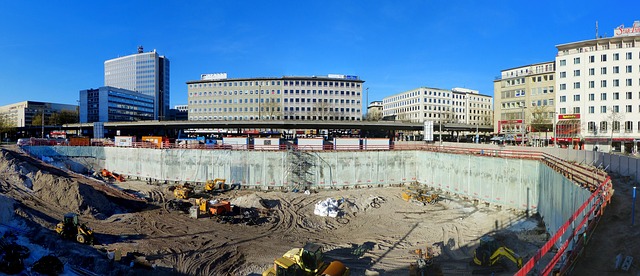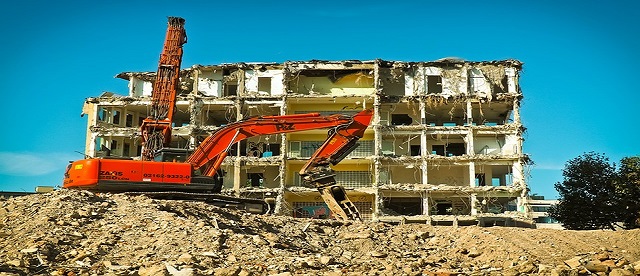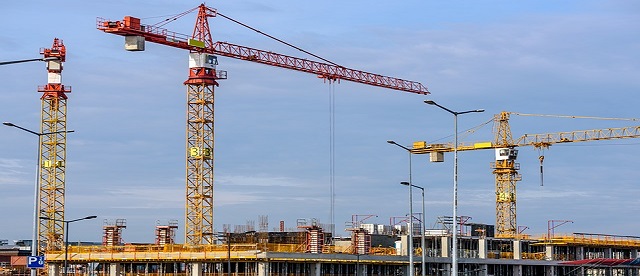 In 1925, a military coup by Reza Shah established a new „Pahlavi” dynasty, named for the most ancient Persian dynasty around 500 BC. His rule was quite nationalistic; requested that the West would call the country by its endonym Iran, rather than Persia, and built a strong military. It was also quite authoritarian; he built a powerful secret police and a propaganda apparatus, and did not hesitate to crush dissent. He also made considerable efforts toward modernization, and came into conflict with conservatives over some of it. When World War II came, he refused Allied demands for guarantees that Iran would resist if German forces got that far. Iran was then invaded by Anglo-Indian forces from the South and Russians from the North, and a railway built (largely by US Army engineers) to bring supplies from the Persian Gulf across Iran to beleaguered Russia. Reza Shah went off to exile in South Africa, abdicating on the steps of the aircraft in favour of his son.
In 1925, a military coup by Reza Shah established a new „Pahlavi” dynasty, named for the most ancient Persian dynasty around 500 BC. His rule was quite nationalistic; requested that the West would call the country by its endonym Iran, rather than Persia, and built a strong military. It was also quite authoritarian; he built a powerful secret police and a propaganda apparatus, and did not hesitate to crush dissent. He also made considerable efforts toward modernization, and came into conflict with conservatives over some of it. When World War II came, he refused Allied demands for guarantees that Iran would resist if German forces got that far. Iran was then invaded by Anglo-Indian forces from the South and Russians from the North, and a railway built (largely by US Army engineers) to bring supplies from the Persian Gulf across Iran to beleaguered Russia. Reza Shah went off to exile in South Africa, abdicating on the steps of the aircraft in favour of his son.
The son, Mohammad Reza Shah, continued his father’s nationalistic, authoritarian and modernising tendencies. However, coming to power in 1941, he had a problem; he needed powerful friends, but who? Given the history, no sane Iranian ruler would choose Britain or Russia. Being pro-German had not worked out well for dad and, in 1941, France did not count for much. That left the Americans, and he became one of America’s most important allies in the region, seen as a „bulwark against Communism”, a constitutional monarch, in some ways a progressive ruler — modernising, sometimes comparing himself to Kemal Ataturk who led Turkey’s modernisation — and a protector of US and other Western interests. He was one of very few Middle Eastern rulers to extend diplomatic recognition to Israel and helped prevent Iranian nationalisation of the Anglo-Persian Oil Company. On the other hand, he was quite capable of putting Iranian interests before Western ones, as when he was one of the key players in creating OPEC.
While in some ways progressive, the Shah was also very much the oriental despot. When the Soviets left Northwestern Iran after the war, they left behind something that claimed to be an independent communist government of Azerbaijan. The first major conflict of the Cold War came as the Shah, advised by the CIA, brought in troops who crushed that government and the communist party (Tudeh in Persian). Throughout his reign, his Savak secret police stomped hard on any opposition. His regime was also massively corrupt, with his relatives and various others getting hugely rich while much of the country was very poor. On the other hand, he did build infrastructure and start various projects to benefit the poor, including a program that sent new university graduates into the countryside as teachers.
In theory, Iran under the Shah was still a constitutional monarchy. Mohammed Mosaddeq became Prime Minister in 1951 and instituted reforms that included nationalising the oil companies and a land reform program. He was overthrown in a 1953 coup backed by the CIA, the British (who had large oil interests at stake), and the Shah. The Shah and the new Prime Minister reversed the oil nationalisation, but continued with a land reform program. However, as well as giving land to the peasants, it worked out that the Shah’s family and others with connections got a lot. The Ayatollah Khomeni went into exile at this time, originally because of his objections to land reform taking land from the mosques.


Test